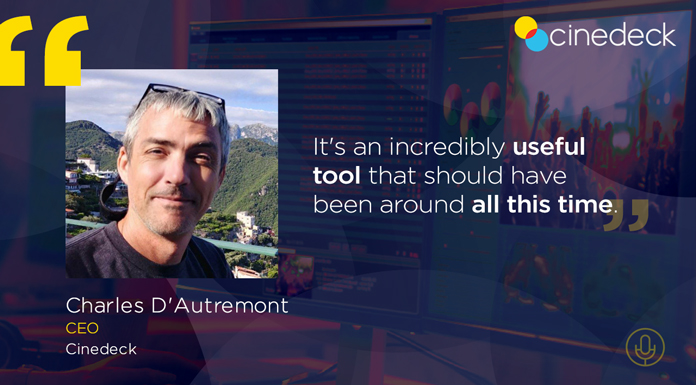Gone are the days of waiting long hours for media files to render thanks to insert-editing software, like cineX. On this three-part CineCast podcast, we have discussed the evolution of cineX with Cinedeck CEO himself, Charles D’Autremont. On our last and final episode with him, D’Autremont wrapped up the conversation with real stories from the industry and cineX users.
“It can’t be done. It can’t be done,” was the repeating affirmation D’Autremont heard from the media editing industry. But as it turns out “data can be manipulated.”
This notion, at its core, is how cineX came to be and how the software eliminates hours of costly and cumbersome exporting.
“Even though you’re not changing the way the frames are compressed, you’re changing the way they’re stored in the file,” D’Autremont said.
As a result, editors are eliminating hours, even days, from their workflow. This is no more evident than in the case of cineX freelancers, who work with residential internet on at-home hardware. cineX freelancers can now make changes that would have taken days—in seconds.
“People are very averse to things that are new, and aren’t the way they’re used to,” D’Autremont said.
But in the case of cineX, the proof is in the software and the adopters of the time-saving software.

